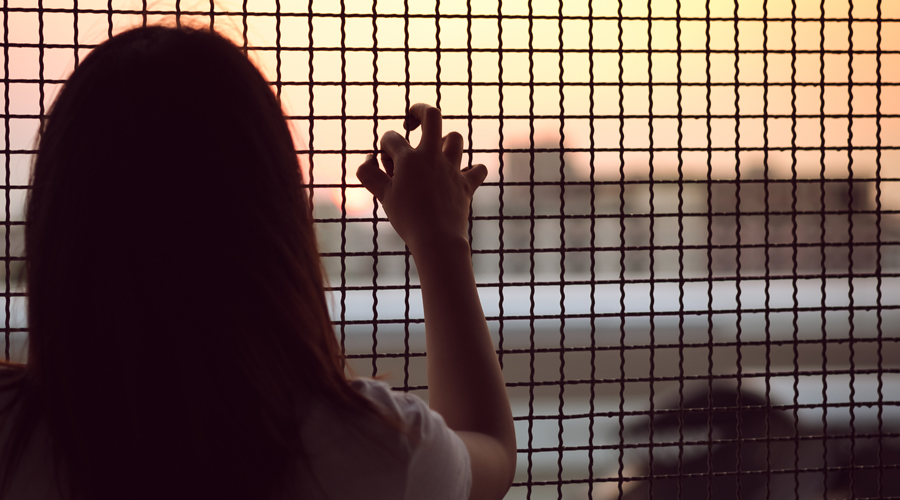Noble intentions are not enough to bring about real change in society; they must be accompanied by watertight policies and organized law enforcement. This is especially true of the trafficking in persons (prevention, care and rehabilitation) bill, 2021 that is expected to be tabled in the winter session of Parliament. According to the National Crime Records Bureau, around 1,714 cases of human trafficking were registered across India in 2020; the conviction rate was 10.6 per cent. The apparent improvement — the number of cases was higher the previous year — is not so much a reflection of administrative efficiency as it is a fall-out of the pandemic-induced lockdowns. The draft bill — considered to be one of the most comprehensive documents on the matter — may yet hold out hope. But while it widens the scope of the law — it seems to be more inclusive with regard to the identification of offence and entail provisions for strict penalties — there are glaring gaps that could undermine efficacy.
The lack of clarification regarding the role and functions of India’s anti-human trafficking units could pose a major hurdle in curbing the menace. Trafficking often involves transportation of the victims outside the sites of crime, making it difficult for local police stations to trace the chain of events or link them to the criminals. While investigation by AHTUs covers source as well as destination states, most of these units continue to run on the basis of state notifications. In fact, research shows that only 27 per cent of all AHTUs are functional. AHTUs must be given statutory support by law for them to bring criminals to book. Other lacunae compromise the smooth rehabilitation of those rescued. While the law provides for rehabilitation, stigma remains a hindrance in the reintegration of trafficking survivors into society — many trafficked women are forced into sex work; many others do so willingly. Raising awareness may be the long-term goal; empowering survivors — with the law mandating monetary allocation for education and vocational training to enable them to secure financial independence — could go some way in remedying the situation. The need of the hour is a community-based rehabilitation model, guaranteeing access to healthcare, legal aid as well as welfare schemes. Policymakers must also pay heed to the survivors’ demand for greater agency in determining the parameters of their stay at rehabilitation centres. Additionally, witness protection schemes must be bolstered, given the speed of case disposal in the country.










